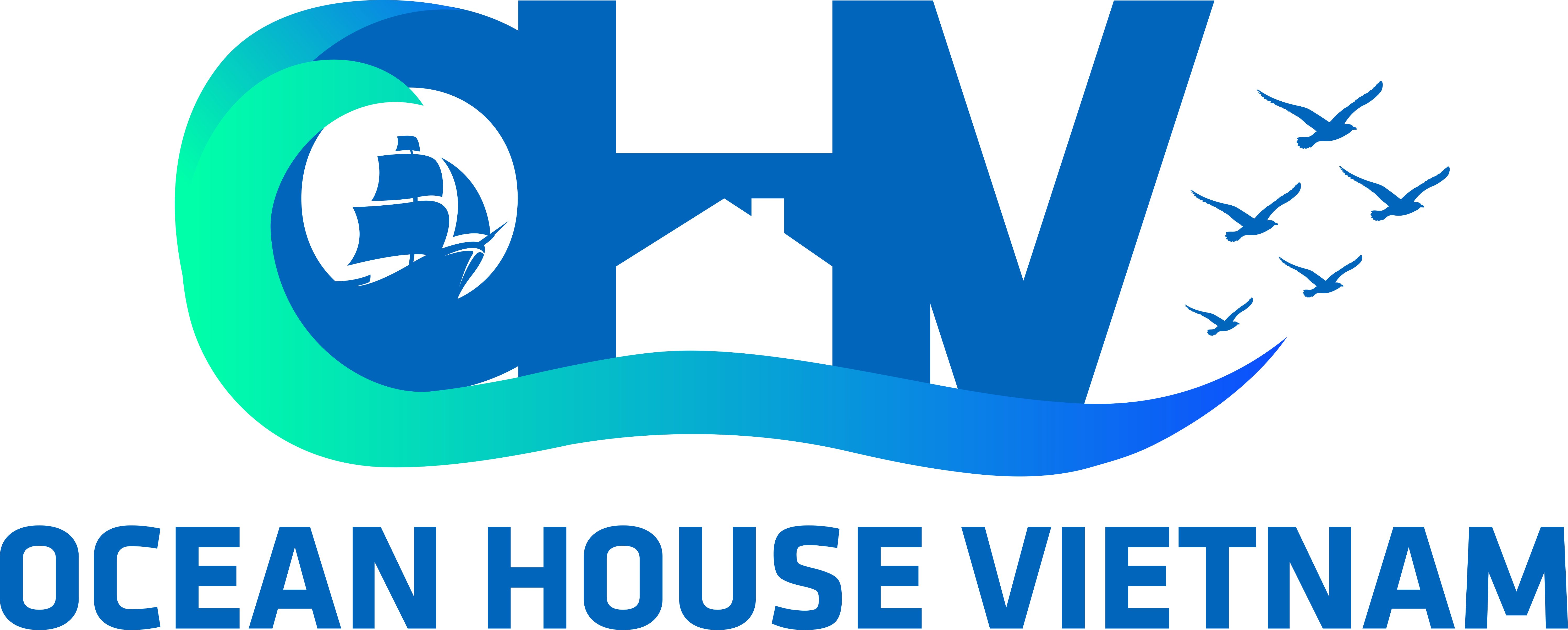USCG
All ships calling at US ports and intending to discharge ballast water must either carry out ballast water exchange or treatment, in addition to fouling and sediment management. The US has its compliance schedule determining when a vessel must begin to employ treatment instead of exchange. US legislation requires the ballast water treatment system (BWTS) to be type- approved by the USCG. Currently, 48 BWTS have received such USCG type approval.
Implementation
The revised US Coast Guard (USCG) regulations on ballast water management entered into force 21 June 2012. The regulations has required compliance with the treatment standard since the first scheduled dry-docking after 1 January 2016 for sailing ships, and at delivery for new ships. An overview of approved systems can be found here.
An alternative option to comply with the regulations is to not conduct discharge of ballast water or use potable water (from the US public water system). In such cases the ballast tanks needs to be cleaned and sediments removed beforehand. Further information regarding and the USCG regulations can be found on the USCG website.
Many BWMS manufacturers offer modifications to installed system in order to ensure compliance with a USCG type approval certificate. Class is not delegated to approve on behalf of USCG but, these modifications may affect the IMO compliance and shall be reviewed by Class.
Regulations
The USCG regulations require the same discharge standards as the IMO regulations, but the USCG regulations also contain some additional requirements regarding a ship’s operational procedures that go beyond the IMO’s requirements:
- Clean ballast tanks regularly to remove sediments
- Rinse anchors and chains when the anchor is retrieved
- Remove fouling from the hull, piping and tanks on a regular basis
- Maintain a BWM Plan that includes the above in addition to BWM (there is no requirement that the BWM Plan must be approved)
- Maintain records of ballast and fouling management
- Submit a report form 24 hours before calling at a US port
The EPA and VGP (Vessel General Permit) has additional requirements for periodical sampling as specified below:
- Calibration of sensors
- Sampling of biological indicators
- Sampling of residual biocides
The records of the periodical sampling must be retained on board for 3 years.



